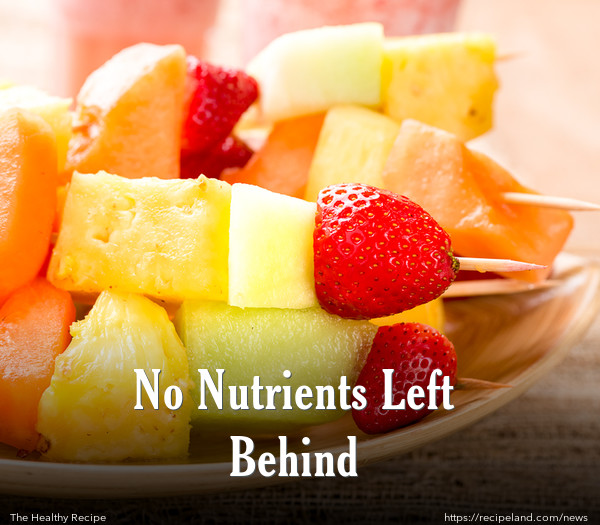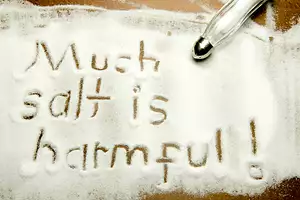Will preparing your favourite fresh fruits and vegetables ahead of time cause them to lose their valuable nutrition? Not according to a study published in the Journal of Agricultural and Food Chemistry.
Researchers compared the nutritional value of fruits prepared and refrigerated for a few days to the fruit prepared on the day the study was performed. They concluded that previously prepared fruit spoils before losing any significant amount of nutrients. They also found that some fruits increase their nutritional value as they sit in the refrigerator. According to this study, as long as fresh produce is properly stored and refrigerated, it can retain its nutritional value for up to nine days after being prepared to eat.
Keeping prepared fruits and vegetables on hand makes you more likely to eat them for snacks and include them in meals. The Australian Dietary Guidelines recommend that adults eat at least 5 serves of vegetables and legumes/beans and 2 serves of fruit each day. School-aged children should eat 4 ½-5 ½ serves of veggies and beans and 1 ½-2 serves of fruit daily.
Having a refrigerator full of fruits and veggies that are ready to use will make it much easier and faster to prepare meals on busy weeknights. Meals prepared at home are often more nutritious than those found at restaurants or prepared meals from the grocery store shelf. Children who grow up eating home-cooked meals are much more likely to cook for themselves as adults.
Try some of these methods to preserve the nutrients of fresh produce and make it recipe-ready:
- Make extra. Roast double the amount of potatoes or sweet potatoes you need. The extras could be used to make a hash, mashed potatoes, or added to a soup. Roast an extra chicken or prepare a larger pot roast. Leftover meat can be used on sandwiches or added to pasta. Cook extra pasta, rice, or dried beans to add to meals later in the week. Allow extra food to come to room temperature and then refrigerate or freeze it in airtight containers.
- Microwave. Using the microwave to cook vegetables helps them to retain the greatest amount of nutrients. These valuable nutrients stay inside of the vegetable because they cook quickly without added fat or water.
- Steam. Steaming vegetables also helps them keep a large amount of their nutrients intact. Simply place a steaming rack over boiling water and add your veggies. Save time by steaming vegetables while cooking pasta. Bring the water to a boil, add dry pasta, put the steam rack on top of the pot, and then add vegetables.
- Blanch. Add vegetables such as green beans or asparagus to a pot of boiling water and cook for just a minute. Then remove the vegetables to a bath of ice water. After another minute or so, take the vegetables out of the ice bath and prepare them for storage. Be sure to keep the cooking time low so that vital nutrients are not lost in the cooking water. After the vegetables have been removed from the boiling water, it can be used to prepare soup or pasta.
- Roast. Roasting is an easy and delicious way to prepare a wide variety of vegetables. Preheat the oven to 400 degrees. Toss your veggies with olive oil and seasonings. When the edges of the veggies are slightly brown and crisp, they are done.
SOURCES: https://www.takepart.com/article/2013/08/07/nutrition-loss-and-pre-preparing-foods?cmpid=tpfood-eml-2013-08-10-Nutrients-A;
Image courtesy of vudhikrai / FreeDigitalPhotos.net










Comments